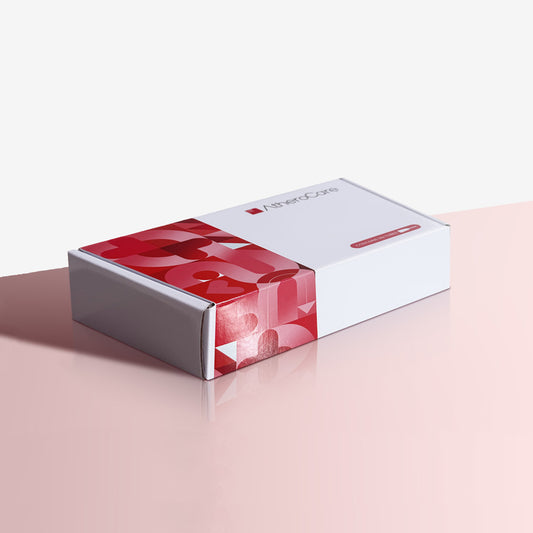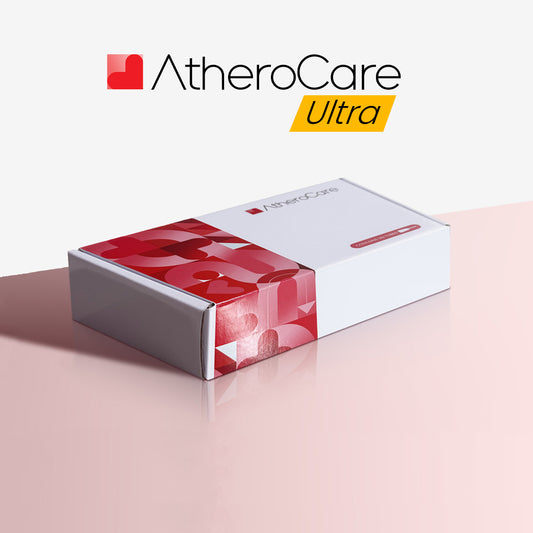This simplified overview of Dr. James C. Roberts' detailed medical research on cyclodextrin helps you understand both the theoretical basis and real world observations from his practice.
It's important to clearly note that cyclodextrin, while Generally Recognised As Safe (GRAS), is not approved by regulatory bodies such as the FDA or TGA specifically for heart conditions or cholesterol management in the method discussed here. Always consult your healthcare professional before considering cyclodextrin or any supplement as part of your wellness routine.
What Exactly is Cyclodextrin?
Cyclodextrin (HPbCD) is a compound made from sugar molecules arranged in a cone shape. The outside of the cone easily interacts with water, allowing it to move through your bloodstream, while the inside attracts and holds onto fats and cholesterol.
Theoretically, this structure allows cyclodextrin to interact with cholesterol, possibly assisting the body's natural processes in managing cholesterol levels.
Potential Theoretical Benefits for Heart Health
Dr. Roberts' research indicates several theoretical ways cyclodextrin could support heart health:
-
Symptom Relief: Some individuals have noted improvements in symptoms such as chest discomfort within weeks, potentially linked to improved cholesterol handling.
-
Long term Artery Health: Regular use might assist the body in managing cholesterol buildup, potentially helping arteries remain healthier.
-
Reduced Inflammation: It may help lower inflammation that is associated with cholesterol deposits.
-
Improved Blood Flow: Cyclodextrin may theoretically support the body's natural production of nitric oxide, helping arteries relax and potentially improving circulation.
Real World Observations in Practice
Dr. Roberts has observed certain patterns among patients using cyclodextrin:
-
Improved Comfort: Anecdotal reports suggest reduced symptoms related to cardiovascular health.
-
Imaging Observations: Imaging studies like CT scans and ultrasounds have sometimes indicated potential reductions in visible cholesterol deposits.
-
Enhanced Sense of Wellness: Patients have reported subjective improvements in their sense of circulation and overall comfort.
These observations reflect experiences but do not constitute definitive medical proof.
How is Cyclodextrin Administered?
In practice, cyclodextrin is typically administered via:
-
Intravenous (IV): Administered by healthcare professionals, usually in a clinical setting; less practical and more costly for regular use.
-
Rectal Enema: Convenient, affordable, and easy for regular home use. Available through www.atherocare.com
Safety Considerations
Cyclodextrin is generally recognised as safe (GRAS). Minor side effects such as mild irritation related to rectal administration have been noted.
Who Could Discuss Cyclodextrin with Their Healthcare Provider?
-
Individuals exploring supportive cholesterol management methods.
-
People who struggle with traditional cholesterol management approaches.
-
Those interested in proactively supporting cardiovascular wellness.
Dr. Roberts’ Perspective
Dr. Roberts believes cyclodextrin represents an exciting area of research with promising theoretical and observed benefits in cholesterol management and overall cardiovascular wellness. While cyclodextrin is considered safe (GRAS), it has not received specific regulatory approval by bodies like the FDA or TGA for cardiovascular health in this context. His work encourages further research and discussion with healthcare providers.







